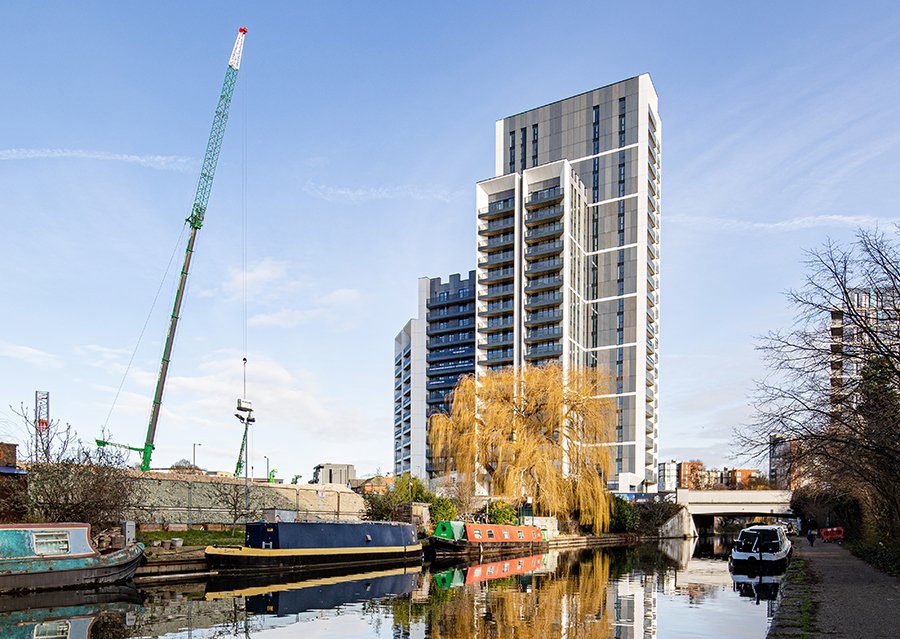Why spring is the time for architectural photography
Published - 20th March 2023

Spring time is one of my favourite times of the year, with its dramatic sunrises and sunsets, the luscious vegetation waking up from its annual slumber…and of course, like clockwork, the requests for external photography start to spring up too!
One of the reasons why I love photographing externally in spring, in particular for architectural photography, is because when you do finally get a gorgeous day, its blue skies make for perfect conditions to get that crisp and clean photograph. What’s even more perfect is the fact that, if the building is suited to dusk photography, you don’t have to wait until 9pm, like you do in the longer summer days.
Outside factors
That being said, there are pitfalls when it comes to architectural photography in springtime. There are two major ones to consider. Number one being that sadly none of the weather apps are reliable…the BBC will tell me sun all day, the MET office will tell me cloudy with spells of sunshine. That can be a spanner in the works! Internal conflict strikes. Do I travel potentially hundreds of miles with the risk between perfect conditions and not so ideal?
Then there’s the other factor which can be even trickier to determine. What are the key elevations of the building? Are they north facing? South facing? This makes a dramatic difference to how you approach the architectural photography.
To the untrained eye, you may think, well what’s the difference? There’s a lot actually: the main point, and one the crucial foundations of professional photography, comes down to light. Light is a blessing when it can be controlled, but when it can’t it can be a curse, and as you know, that big old fiery ball in the sky cannot be controlled.
Imagine driving 300 miles to a project, just to find out that the sun is right behind your building and is going to sit there for the majority of the day. In that case, and if your main elevations aren’t in any direct sunlight, you’re toast – at least until the sun goes down, and in that case, what if none of the building’s lights are on? Oops again.
Researching developments
So how do I approach this? With one simple word: research. Google Street View is your friend (most of the time), and I use it on every architectural photography trip I plan. This is because I can see the building and usually tell the positioning of the building in relation to the sun.
Again, there are pitfalls. The building may have only just been completed, so there are no recent street images. Also, the picture taken by Google may not be on an actual sunny day so then it makes things more difficult.
But luckily there is a solution and something I do as a next step: contact the building owner and ask them, ‘excuse me, I’ve been requested to take some architectural photography of your building, you’re welcome to keep a copy of it too for your own marketing purposes. While I’ve got you, do you know what time of day the sun hits x part of the building?’ Asking the right questions of the right person can help to eliminate some of the uncertainty that comes with working outdoors in springtime.
So in conclusion – yes, spring time is a fab time for architectural photography. There are risks, but the risks are easily mitigated with a little bit of professionalism and research.
Check what Harris Creative can do to help you capture the essence of your project or building, reflect it in the best possible light, and create a positive association in the eyes of your target audience.
Get in touch with our team to discuss your photography needs.
Harris »